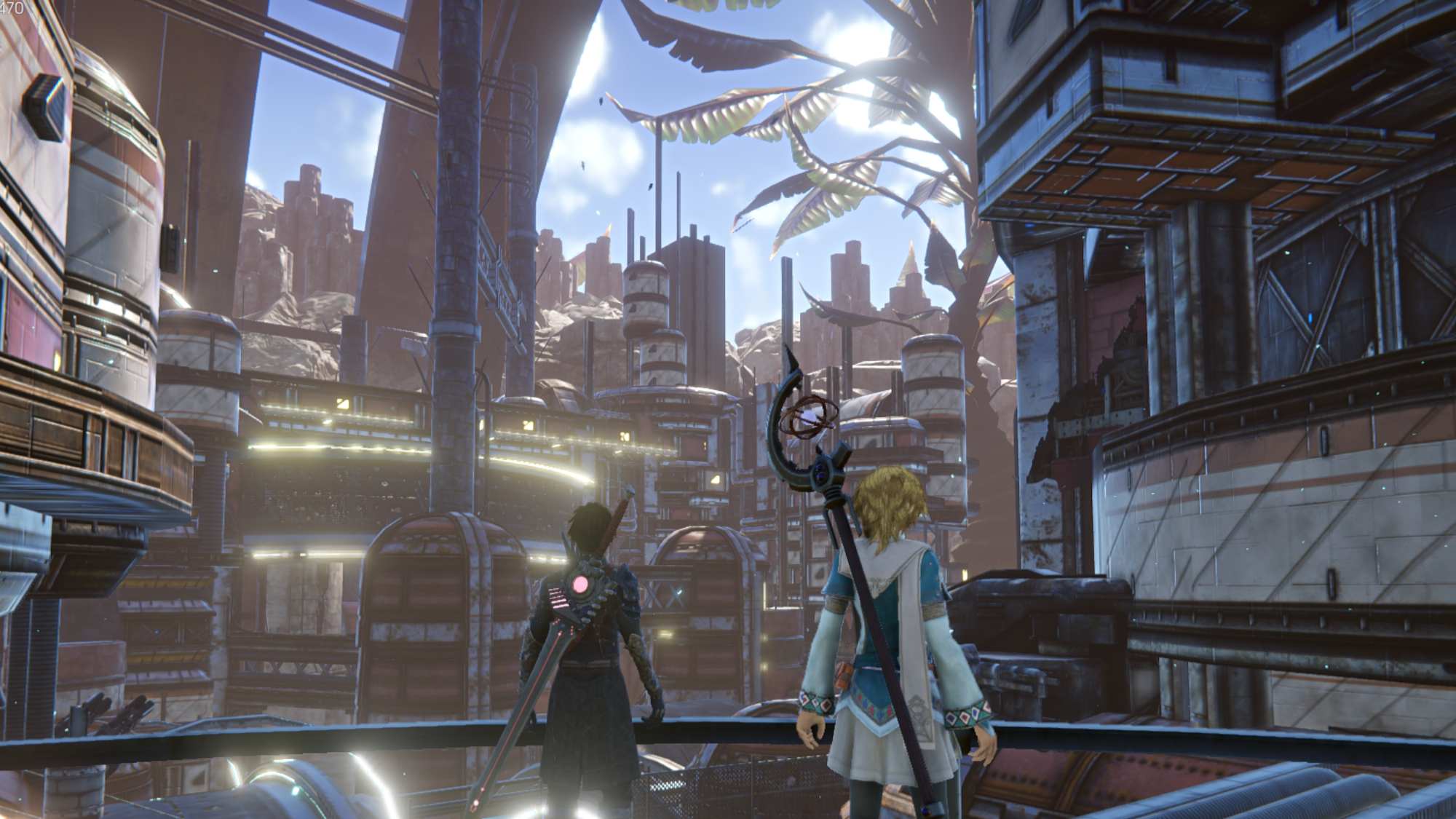

As a final kick in the pants, some of the later trickier platforming challenges force you to watch your avatar sloooowly…falling…for…several…seconds every time you miss a jump.Īt least Recompile looks nice, with crisp neon-tinged visuals and a unique theme for each area. It’s difficult to gauge where you are in relation to platforms, your jumps feel floaty and inconsistent, and you’re constantly walking into hidden gaps and pitfalls due to wonky camera angles. Worst of all is the game’s platforming, which commits every sin in the book.
#RECOMPILE GAME WALKTHROUGH TRIAL#
Aiming during combat is way too finicky with no option to adjust its sensitivity, hacking puzzles are poorly explained and heavy on trial and error, and bosses are unbalanced, with lots of unpredictable one-hit-kill attacks. Perhaps I was just irritated in general, as Recompile’s issues go beyond the structural with a variety of basic gameplay shortcomings. Often when I got a new ability my reaction wasn’t excitement, but irritation that the game had forced me to do without to that point. Again, combat isn’t any fun at all until you’ve collected multiple upgrades. Samus eventually becomes a badass in each Metroid game, but she’s fun to play as right from the get-go – the same can’t be said of Recompile. The game also makes the crucial mistake of depowering players too much at the start of the game. When gaining a new power that “Aha, I know what this is for!” moment of gratification is often lacking. In this game, you’ll often find yourself stuck and unsure if you need a new ability or just aren’t seeing the solution. From Metroid’s color-coded doors onward, there’s an art to guiding players forward while making them feel like they’re figuring it out themselves.

Recompile just doesn’t do a great job of communicating its ability gating. Breaking from the preferred path doesn’t feel like a genuine choice so much as a special achievement for hardcores. Don’t tackle this area first and you’re a constant sitting duck and the game’s bosses are all but impossible. For instance, the red “TET” area contains almost all the game’s weapon upgrades, as well as slow motion and dodge abilities, which combine to make combat tolerable. The game offers a certain amount of open-endedness, as the game allows you to choose between several areas to explore first, although there’s definitely a preferred order you should do things in. In terms of gameplay, Recompile sticks closely to the traditional Metroidvania format – you explore, solve the occasional puzzle, and collect abilities to open new paths forward. Recompile is an interesting study of how even noble endeavors can easily go wrong and how dangerous sentient AI can be, even in the “right hands.” This is one of the rare adventure games where collecting all the text files is actually worth your time. Hypervisor isn’t warped by any malicious villain, but by the everyday laziness, carelessness, and ego of the scientists working with it.

The idea of AI run amok isn’t exactly a new one, but it is well-handled here. Slowly you’ll begin to piece together the true purpose of the computer you inhabit… and how everything went wrong.
#RECOMPILE GAME WALKTHROUGH SERIES#
The computer is run by an advanced, seemingly sentient artificial intelligence known as Hypervisor, and as you explore this digital world, you’ll uncover a revealing series of chat logs between various scientists and the AI. Recompile casts players as a plucky program tasked with infiltrating and repairing an ancient mainframe represented as a colorful Tron-like 3D world.


 0 kommentar(er)
0 kommentar(er)
